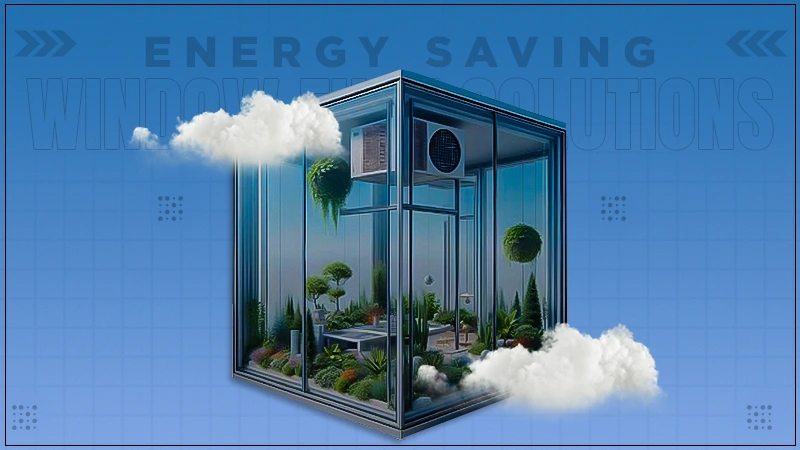How to Improve IT Asset Management
Every business needs to have an IT system nowadays. Most data is collected and stored digitally, and many business operations rely on the use of hardware and software.
As a business owner, figuring out the best way to establish a strong IT infrastructure and manage your IT system is vital to your success. Without an effective IT infrastructure and management plan in place, you’re at risk of falling behind the competition.
Building a strong and impenetrable IT system means hackers are kept at bay, reducing the risk of cybersecurity breaches. It also minimizes the risk of malfunction and corruption risks.
What is IT Asset Management?
IT Asset management encompasses the development, operation, maintenance, and updating of IT resources. It follows a general life cycle that takes each asset through every stage of asset management.
The overarching aims of asset management are to:
- Quantify hardware and software applications in the business
- Identify areas where costs can be reduced
- Improve operational efficiency
- Identify lost or stolen hardware or software programs
- Avoid future losses
- Dispose of hardware equipment properly
How to Improve Your IT Asset Management
Each company’s IT infrastructure and asset management system will differ. It’s important to determine what works best for your business.
You’ll need to constantly assess and reassess your system as your business evolves. You’ll need to understand your IT asset lifecycle to understand how to effectively manage your IT assets.
Here are some top tips to help you improve your IT asset management.
Identify Your Critical Assets
One of the first steps in IT asset management is defining which assets are critical for your business. This includes identifying all of the hardware or software that you need to run your company effectively.
Identifying your assets early on in your business will make the rest of your management plan easier. If you skip this step, you’ll find it much harder to improve and maintain your asset management.
Critical hardware may include budget laptops, desktop computers, monitors, keyboards, projectors, and printers. Your critical software applications might be budget management, capital management, invoicing, and project management software.
Use Automation
When you’re managing a large IT structure, automation is your best friend. It will streamline the process of asset management and enable you to expand your business operations more easily.
Automation will reduce the use of resources and save time so you can focus on other areas of your business. It will also help to overcome potential areas of weakness in your IT system and minimize human errors so you don’t run into trouble further down the line.
Embrace the IT Asset Lifecycle
Simplicity is key when you’re managing multiple assets. Aim to follow the same IT asset lifecycle for everything, from start to finish, to keep things simple and efficient.
Don’t try to overcomplicate things and change your IT asset management process. If your current lifecycle works, stick with it!













